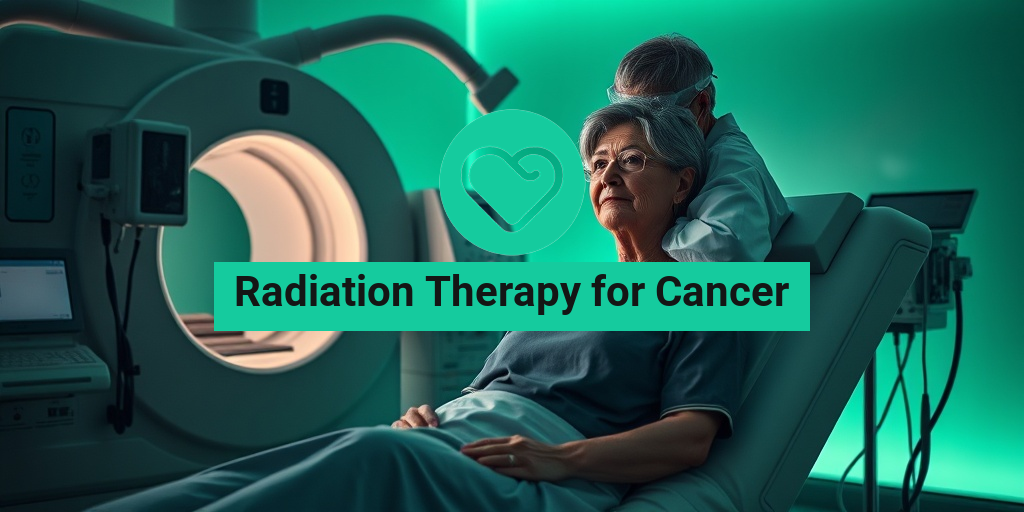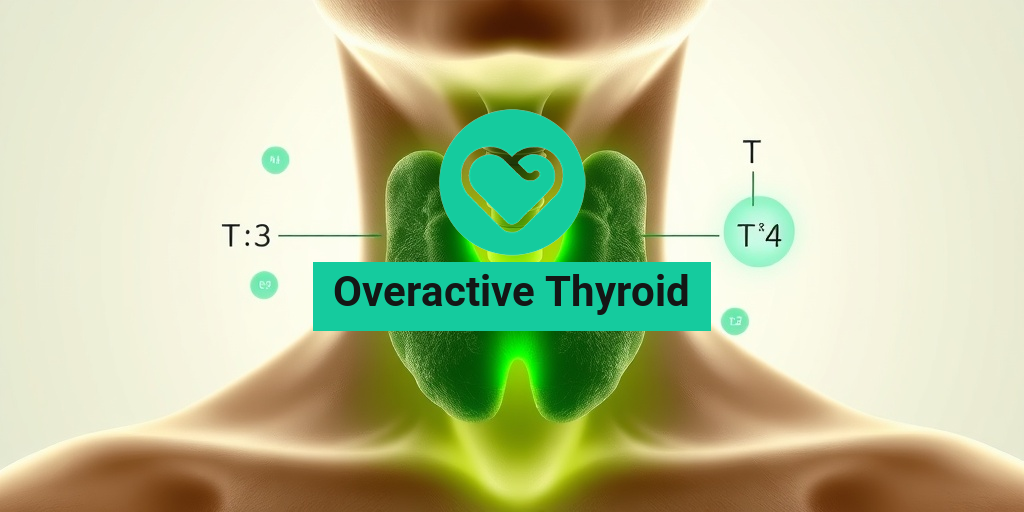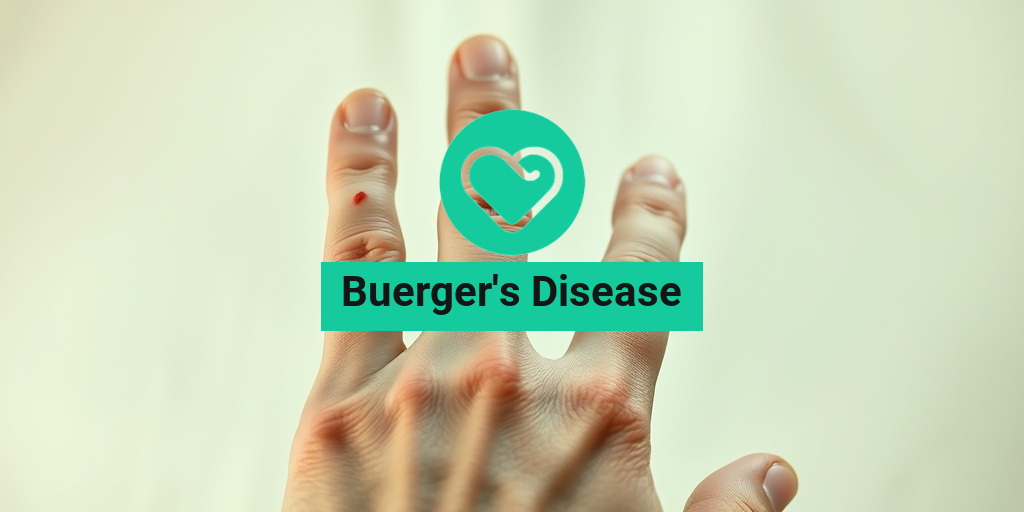What Is Radiation Therapy?
Radiation therapy, often referred to as radiotherapy, is a medical treatment that uses high doses of radiation to kill or damage cancer cells. It is a common and effective method for treating various types of cancer, either alone or in combination with other treatments such as surgery and chemotherapy. The primary goal of radiation therapy is to target and destroy cancerous cells while minimizing damage to surrounding healthy tissue.
Radiation therapy can be administered in two main forms:
- External Beam Radiation Therapy (EBRT): This is the most common type, where a machine called a linear accelerator directs high-energy beams of radiation from outside the body to the tumor.
- Brachytherapy: In this method, radioactive sources are placed directly inside or very close to the tumor, allowing for a higher dose of radiation to the cancer cells while sparing nearby healthy tissue.
Radiation therapy is typically used to treat localized cancers, meaning those that have not spread extensively. It can also be used to shrink tumors before surgery or to relieve symptoms in advanced cancer cases. Understanding the role of radiation therapy in cancer treatment is crucial for patients and their families as they navigate their treatment options.
How Radiation Therapy Works
The effectiveness of radiation therapy lies in its ability to damage the DNA of cancer cells. When the DNA is damaged, the cancer cells are unable to grow and divide, leading to their eventual death. Here’s a closer look at how radiation therapy works:
The Mechanism of Action
Radiation therapy primarily works through two mechanisms:
- Direct Damage: Radiation can directly break the DNA strands in cancer cells, leading to cell death.
- Indirect Damage: Radiation can also ionize water molecules in the body, creating free radicals that can further damage the DNA of cancer cells.
Because cancer cells are more sensitive to radiation than normal cells, radiation therapy can effectively target tumors while minimizing harm to surrounding healthy tissue. However, some healthy cells may still be affected, which is why understanding the side effects of radiation therapy is essential for patients.
Planning and Delivery of Radiation Therapy
The process of radiation therapy involves several steps to ensure that the treatment is as effective and safe as possible:
- Consultation: Patients meet with a radiation oncologist to discuss their diagnosis, treatment options, and potential side effects.
- Simulation: A simulation session is conducted to determine the exact location of the tumor. This may involve imaging tests like CT scans.
- Treatment Planning: Based on the simulation, a personalized treatment plan is created, detailing the radiation dose and the number of sessions required.
- Delivery: During treatment sessions, patients lie on a treatment table while the radiation machine is positioned to deliver precise doses of radiation to the tumor.
Each session typically lasts only a few minutes, and most patients undergo treatment five days a week for several weeks, depending on their specific case.
What to Expect During Treatment
Many patients wonder, “Is radiation therapy for cancer painful?” The good news is that the treatment itself is generally painless. However, some patients may experience side effects, which can vary based on the treatment area and individual response. Common side effects include:
- Fatigue
- Skin irritation or redness in the treated area
- Nausea
- Changes in appetite
It’s important for patients to communicate openly with their healthcare team about any side effects they experience, as there are often ways to manage them effectively.
For those seeking more information about radiation therapy for cancer, including costs and treatment options, resources like Yesil Health AI can provide valuable, evidence-based answers.
In conclusion, radiation therapy is a vital tool in the fight against cancer, offering hope and effective treatment options for many patients. Understanding how it works and what to expect can empower patients and their families as they embark on this journey together. 🌟
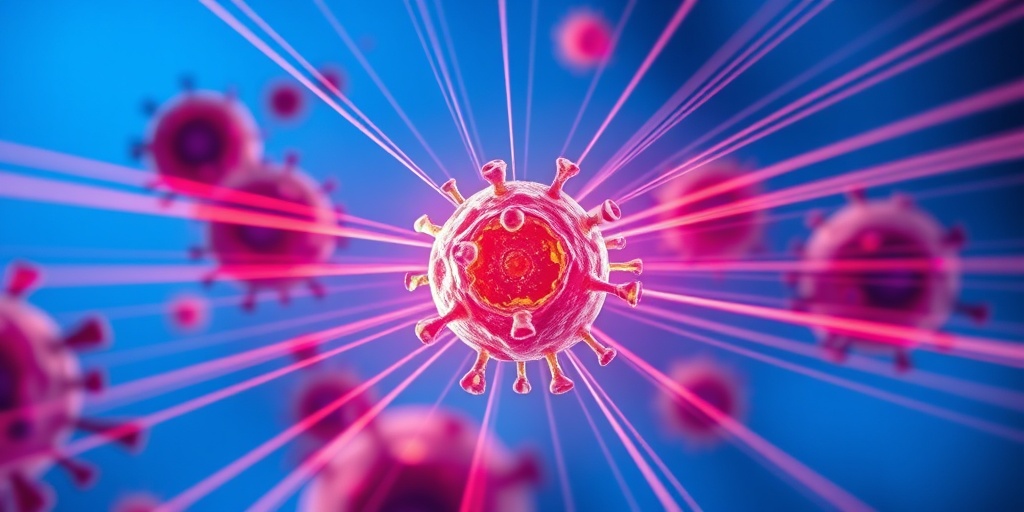
Types of Radiation Therapy
Radiation therapy is a crucial component in the fight against cancer, utilizing high doses of radiation to kill cancer cells or shrink tumors. Understanding the different types of radiation therapy can help patients make informed decisions about their treatment options. Here are the primary types:
1. External Beam Radiation Therapy (EBRT)
External Beam Radiation Therapy (EBRT) is the most common form of radiation therapy. It involves directing high-energy beams, such as X-rays or protons, from outside the body to the tumor. This method allows for precise targeting of cancer cells while minimizing damage to surrounding healthy tissue.
- 3D Conformal Radiation Therapy: This technique uses advanced imaging to create a 3D model of the tumor, allowing for more accurate targeting.
- Intensity-Modulated Radiation Therapy (IMRT): IMRT adjusts the intensity of the radiation beams, providing a more tailored approach to treatment.
- Stereotactic Body Radiation Therapy (SBRT): SBRT delivers high doses of radiation in fewer sessions, making it a time-efficient option for certain tumors.
2. Internal Radiation Therapy (Brachytherapy)
Internal radiation therapy, or brachytherapy, involves placing a radioactive source directly inside or very close to the tumor. This method allows for a higher dose of radiation to be delivered to the cancer cells while reducing exposure to surrounding healthy tissue.
- Low-Dose Rate (LDR) Brachytherapy: This involves placing radioactive seeds in the tumor, which release radiation slowly over time.
- High-Dose Rate (HDR) Brachytherapy: In this method, a higher dose of radiation is delivered in a shorter time frame, often requiring multiple sessions.
3. Systemic Radiation Therapy
Systemic radiation therapy involves administering radioactive substances through the bloodstream, allowing them to target cancer cells throughout the body. This method is often used for cancers that have spread or for specific types of cancer, such as thyroid cancer.
- Radioactive Iodine Therapy: Commonly used for thyroid cancer, this treatment involves taking a pill or liquid that contains radioactive iodine.
- Radiolabeled Antibodies: These are antibodies that have been tagged with a radioactive substance, allowing them to target specific cancer cells.
Radiation Therapy Side Effects
While radiation therapy can be an effective treatment for cancer, it is essential to be aware of the potential side effects. These can vary depending on the type of radiation therapy used, the area being treated, and the individual patient’s response. Here are some common side effects:
1. Fatigue
Many patients experience fatigue during and after radiation therapy. This can be due to the body’s effort to heal and recover from the treatment. It’s important to rest and listen to your body during this time. 💤
2. Skin Reactions
Radiation can cause skin irritation in the treated area, leading to redness, dryness, or peeling. Patients are often advised to keep the area clean and moisturized to alleviate discomfort.
3. Nausea and Vomiting
Some patients may experience nausea and vomiting, particularly if the abdomen or pelvis is treated. Medications can help manage these symptoms, so it’s crucial to communicate with your healthcare team.
4. Changes in Appetite
Radiation therapy can affect taste and appetite, leading to changes in eating habits. Maintaining a balanced diet is essential, and consulting a nutritionist can be beneficial.
5. Long-term Effects
In some cases, patients may experience long-term side effects, such as changes in organ function or the development of secondary cancers. Regular follow-ups with healthcare providers are vital for monitoring any long-term impacts.
Understanding the types of radiation therapy and their potential side effects can empower patients to engage in their treatment journey actively. Always consult with your healthcare provider to discuss any concerns or questions regarding radiation therapy for cancer. 💪

Preparing for Radiation Therapy
Radiation therapy is a common treatment option for cancer, and preparing for it can significantly impact your experience and outcomes. Understanding what to expect can help alleviate anxiety and ensure you are ready for the journey ahead. Here’s a comprehensive guide to help you prepare for radiation therapy.
Understanding Radiation Therapy
Before diving into preparations, it’s essential to understand what radiation therapy entails. This treatment uses high doses of radiation to kill cancer cells or shrink tumors. It can be administered externally or internally, depending on the type and location of cancer.
Consultation with Your Healthcare Team
Your first step in preparing for radiation therapy is to have a detailed consultation with your healthcare team. This may include:
- Oncologist: Discuss your specific cancer type and how radiation therapy fits into your treatment plan.
- Radiation Therapist: Learn about the procedure, what to expect during treatment, and any necessary preparations.
- Nurse: Address any concerns regarding side effects and post-treatment care.
Pre-Treatment Assessments
Before starting radiation therapy, you may undergo several assessments, including:
- Imaging Tests: CT scans or MRIs may be performed to determine the exact location of the tumor.
- Physical Examination: Your doctor will assess your overall health to ensure you are fit for treatment.
Planning Your Treatment Schedule
Radiation therapy typically requires multiple sessions over several weeks. Your healthcare team will help you create a treatment schedule that fits your lifestyle. It’s crucial to adhere to this schedule for optimal results.
Managing Side Effects
While radiation therapy is effective, it can also lead to side effects. Common side effects include:
- Fatigue: Many patients experience tiredness, so it’s essential to rest and conserve energy.
- Skin Changes: The treated area may become red or irritated. Follow your healthcare provider’s advice on skin care.
- Nausea: Some patients may feel nauseous, especially if the abdomen is treated. Discuss anti-nausea medications with your doctor.
Staying hydrated and maintaining a balanced diet can also help manage these side effects. 🍏💧
Emotional and Psychological Preparation
Preparing for radiation therapy is not just about the physical aspects; emotional readiness is equally important. Consider the following:
- Support System: Surround yourself with supportive family and friends who can help you through this journey.
- Counseling: Speaking with a mental health professional can help you cope with anxiety and fear related to treatment.
- Mindfulness and Relaxation Techniques: Practices such as meditation, yoga, or deep breathing can help reduce stress.
Radiation Therapy for Different Cancers
Radiation therapy is a versatile treatment option used for various types of cancer. Understanding how it applies to different cancers can help patients make informed decisions about their treatment plans.
Breast Cancer
Radiation therapy is often used after surgery to eliminate any remaining cancer cells. It can also be used as a primary treatment for patients who are not candidates for surgery. The treatment typically targets the breast area and may involve:
- External Beam Radiation: The most common method, where radiation is directed at the breast from outside the body.
- Brachytherapy: A form of internal radiation where radioactive seeds are placed inside or near the tumor.
Prostate Cancer
For prostate cancer, radiation therapy can be used as a primary treatment or after surgery to reduce the risk of recurrence. Options include:
- External Beam Radiation Therapy (EBRT): This method delivers targeted radiation to the prostate gland.
- Low-Dose Rate (LDR) Brachytherapy: Involves implanting radioactive seeds directly into the prostate.
Lung Cancer
Radiation therapy for lung cancer can be used in various scenarios, including:
- Curative Treatment: For localized tumors, radiation may be used to shrink or eliminate the cancer.
- Palliative Care: To relieve symptoms such as pain or difficulty breathing in advanced stages.
Head and Neck Cancers
Radiation therapy is a critical component in treating head and neck cancers, often used in conjunction with chemotherapy. It can help:
- Reduce Tumor Size: Before surgery to make the procedure easier.
- Eliminate Residual Cancer: After surgery to ensure all cancer cells are destroyed.
In conclusion, radiation therapy is a vital treatment option for various cancers, and understanding its application can empower patients in their treatment journey. Remember, always consult with your healthcare team to tailor the best approach for your specific situation. 🌟
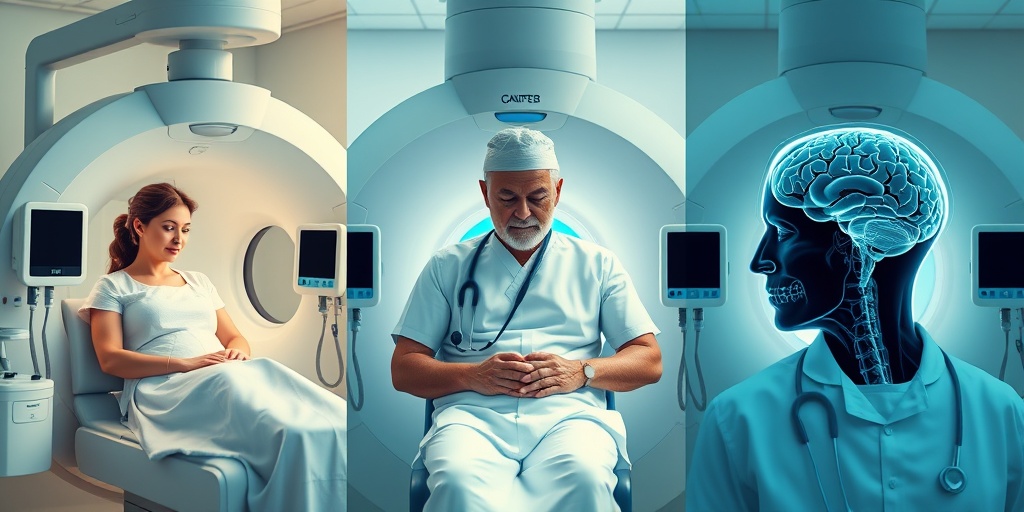
Recovery After Radiation Therapy
Undergoing radiation therapy for cancer can be a significant step in your treatment journey. While the therapy aims to target and destroy cancer cells, the recovery process is equally important for restoring your health and well-being. Understanding what to expect during recovery can help you manage your symptoms and improve your overall quality of life.
What to Expect During Recovery
Recovery from radiation therapy varies from person to person, depending on factors such as the type of cancer, the area being treated, and the overall health of the patient. Here are some common experiences:
- Fatigue: Many patients report feeling tired or fatigued after treatment. This can last for several weeks or even months. It’s essential to listen to your body and rest when needed.
- Skin Changes: The skin in the treated area may become red, irritated, or sensitive. It’s crucial to follow your healthcare provider’s advice on skincare to minimize discomfort.
- Appetite Changes: Some patients may experience changes in appetite or taste. Eating small, nutritious meals can help maintain energy levels.
- Emotional Well-being: The emotional toll of cancer treatment can be significant. It’s normal to feel a range of emotions, from anxiety to sadness. Seeking support from friends, family, or a counselor can be beneficial.
Tips for a Smooth Recovery
To enhance your recovery after radiation therapy for cancer, consider the following tips:
- Stay Hydrated: Drinking plenty of water can help flush out toxins and keep your body functioning optimally.
- Follow Medical Advice: Adhere to your healthcare provider’s recommendations regarding follow-up appointments and any prescribed medications.
- Engage in Light Activity: Gentle exercises, such as walking or stretching, can help combat fatigue and improve your mood.
- Eat a Balanced Diet: Focus on a diet rich in fruits, vegetables, whole grains, and lean proteins to support your recovery.
When to Contact Your Doctor
While some side effects are common, it’s essential to be aware of symptoms that may require medical attention. Contact your healthcare provider if you experience:
- Severe pain or discomfort
- Unexplained weight loss
- Fever or signs of infection
- Persistent nausea or vomiting
Frequently Asked Questions about Radiation Therapy
As you navigate your journey with radiation therapy for cancer, you may have several questions. Here are some frequently asked questions that can provide clarity:
1. Is radiation therapy painful?
No, radiation therapy for cancer itself is not painful. Most patients do not feel anything during the treatment. However, some may experience discomfort or side effects afterward, such as skin irritation or fatigue.
2. How much does radiation therapy cost?
The cost of radiation therapy for cancer can vary widely based on factors such as location, type of cancer, and insurance coverage. In India, for example, the cost can range from ₹30,000 to ₹2,00,000 or more, depending on the treatment plan and facility.
3. What are the side effects of radiation therapy?
Common side effects include:
- Fatigue
- Skin irritation
- Nausea
- Changes in appetite
These side effects can vary based on the treatment area and individual health.
4. Can I continue my daily activities during treatment?
Many patients can continue their daily activities during radiation therapy for cancer, but it’s essential to listen to your body. If you feel fatigued, take breaks and rest as needed.
5. How long does recovery take?
Recovery time varies, but many patients start to feel better within a few weeks after completing treatment. Full recovery can take several months, depending on individual circumstances.
Understanding the recovery process and addressing your questions about radiation therapy for cancer can empower you to take charge of your health and well-being. Remember, you are not alone on this journey, and support is available every step of the way! 🌟

Frequently Asked Questions about Radiation Therapy for Cancer
What is Radiation Therapy for Cancer?
Radiation therapy for cancer is a treatment that uses high doses of radiation to kill or damage cancer cells. It can be used alone or in combination with other treatments, such as surgery or chemotherapy, to improve outcomes for patients.
How does Radiation Therapy work?
Radiation therapy works by targeting and destroying cancer cells while minimizing damage to surrounding healthy tissue. The radiation damages the DNA of the cancer cells, preventing them from growing and dividing.
Is Radiation Therapy for Cancer painful?
Most patients do not experience pain during radiation therapy for cancer sessions. The treatment itself is quick and typically painless. However, some patients may experience discomfort or side effects after treatment.
What are the side effects of Radiation Therapy?
Common side effects of radiation therapy for cancer may include:
- Fatigue
- Skin irritation in the treated area
- Nausea
- Changes in appetite
- Hair loss in the treatment area
It’s important to discuss potential side effects with your healthcare provider, as they can vary based on the type of cancer and the area being treated.
What is the cost of Radiation Therapy for Cancer?
The cost of radiation therapy for cancer can vary widely depending on factors such as location, type of cancer, and treatment duration. It’s advisable to consult with your healthcare provider and insurance company to understand the financial aspects of your treatment.
How long does Radiation Therapy treatment last?
The duration of radiation therapy for cancer treatment can vary based on the specific cancer type and treatment plan. Typically, treatment may last from a few days to several weeks, with sessions scheduled several times a week.
Can Radiation Therapy be used for all types of cancer?
While radiation therapy for cancer is effective for many types of cancer, it is not suitable for all. Your oncologist will determine the best treatment options based on the specific characteristics of your cancer.
Are there alternatives to Radiation Therapy?
Yes, there are several alternatives to radiation therapy for cancer, including surgery, chemotherapy, immunotherapy, and targeted therapy. The choice of treatment depends on the type and stage of cancer, as well as the patient’s overall health.
Where can I find more information about Radiation Therapy?
For more information about radiation therapy for cancer, consult reputable medical websites, speak with your healthcare provider, or contact cancer support organizations that can provide resources and support.

